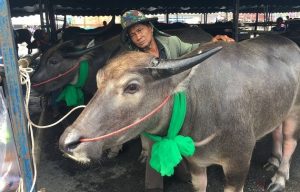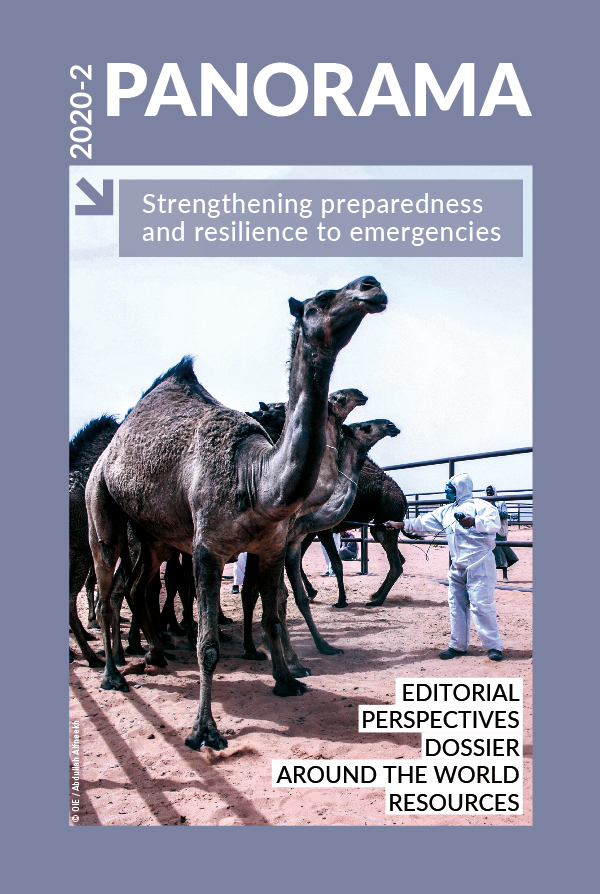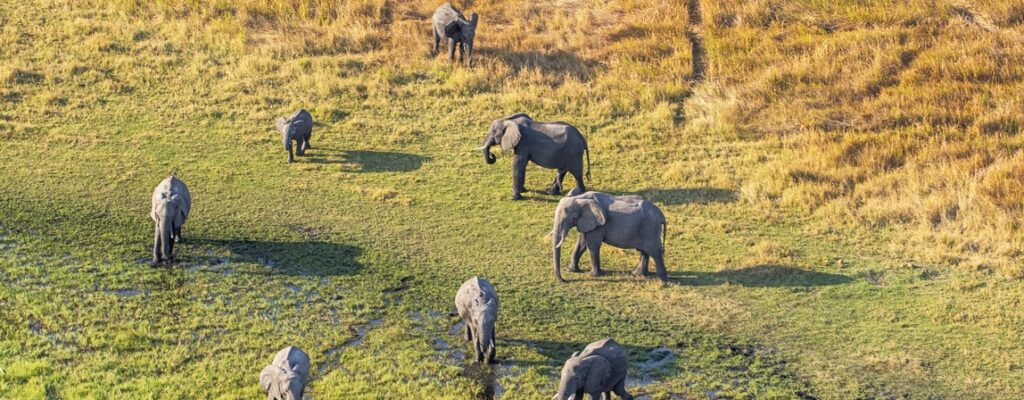Perspectives Posted on 2021-03-08 08:49:15
OIE actions
Disseminating emergency management best practices through new technologies
Keywords
Authors
L. Weber-Vintzel (1)* & R. Abila (1)
(1) Sub-Regional Representation for South-East Asia, World Organisation for Animal Health (OIE).
* Corresponding author: l.weber-vintzel@oie.int
Disseminating information is key to detecting, preventing and controlling emerging animal diseases. The OIE Sub-Regional Representation for South-East Asia is using new technologies to reach and engage all its stakeholders swiftly and in the middle of a crisis.
In the past two years, South-East Asia faced the introduction of two exotic transboundary animal diseases: African swine fever (ASF) and African horse sickness (AHS). A third, lumpy skin disease (LSD), also threatens the sub-region. As these diseases had never been reported in this area before, farmers, animal owners and veterinarians had limited knowledge of their epidemiology or of effective prevention and control measures. In addition to the crisis created by the introduction and spread of these diseases, their emergence has, in some instances, coincided with the restrictions imposed as a result of the COVID-19 pandemic.

While available information and regular updates were compiled on the OIE Asia−Pacific website, practical information was disseminated via a series of virtual meetings or webinars. Experts from different regions shared their experience and time was allocated for participants’ questions. These webinars were recorded and are available on the OIE Asia−Pacific website:
- Webinars on African swine fever (ASF)
- Webinars on African horse sickness (AHS)
- Webinars on lumpy skin disease (LSD).
The webinars have allowed the OIE to reach a large number of stakeholders, from public Veterinary Services to private veterinarians, representatives of the industries involved and non-governmental organisations. Best practices were circulated in a short period of time, allowing key staff to stay informed and deployed during the crisis, despite travel restrictions. The webinars also facilitated the participation of key experts who have been in high demand during this period. Finally, they helped regional stakeholders to identify key experts in their region or at the global level who could be contacted to explore topics further.
This series of webinars should be seen as a vital part of the set of activities undertaken by the OIE and its partners to provide knowledge for the effective prevention and control of these diseases.












